Americans have long viewed Appalachia more as stereotypical fiction than actual place—a doomed and backward land that remains both geographically and temporally isolated from the rest of the nation. “It is not of the twentieth century,” the authors of Hollow Folk, a derisive book about hillbillies, wrote in 1933. A “forgotten land,” Saturday Review declared in 1968. If we wished to believe in the American dream, we had to view the poverty and despair of Appalachia as somehow separate from our national aspirations: an American nightmare of its own making.
The region and its people remain poor for a simple reason: They were shaped by a legacy of extraction and exploitation. As Appalachia has been systematically stripped of its coal and timber and other resources—the wealth of an entire region converted into energy and capital for industrial America—the poverty rate has soared to 35 percent in mining communities like McDowell County, West Virginia. Many residents lack access to basic necessities like health care and transportation, let alone broadband internet. If some turn to an easy and self-destructive alternative, be it conservative politics or opioid painkillers, it isn’t because they lack the intelligence or strength of character to improve their own lot. It’s because false promises and cheap drugs are the only things the rest of America exports to Appalachia in plentiful supply.
When a place becomes fiction, the people who live there become characters. Photographer Espen Rasmussen set out to look beyond the two-dimensionality that has been forced upon the region. His haunting images show us what we expect to see in Appalachia—miners, addicts, white men with rifles. But they also jolt us into the present by capturing an unexpected complexity—a noisy club scene, a quiet fiddlemaker, a young female fighter.
I left my corner of Appalachia in 2013. There are so few jobs available that I am not certain when—or if—I’ll return. But the longer I am apart from it, the more it feels like home, the distance clarifying what proximity obscured. In an increasingly homogenized world, Appalachia remains truly distinctive—in its culture, its idioms, its struggles. Its problems, though, are still American problems, albeit sharper and more extreme. Appalachia is not some mythic land out of time; it’s a living place, as independent as it is impoverished. And—as its people reminded us last November—it will not be forgotten.
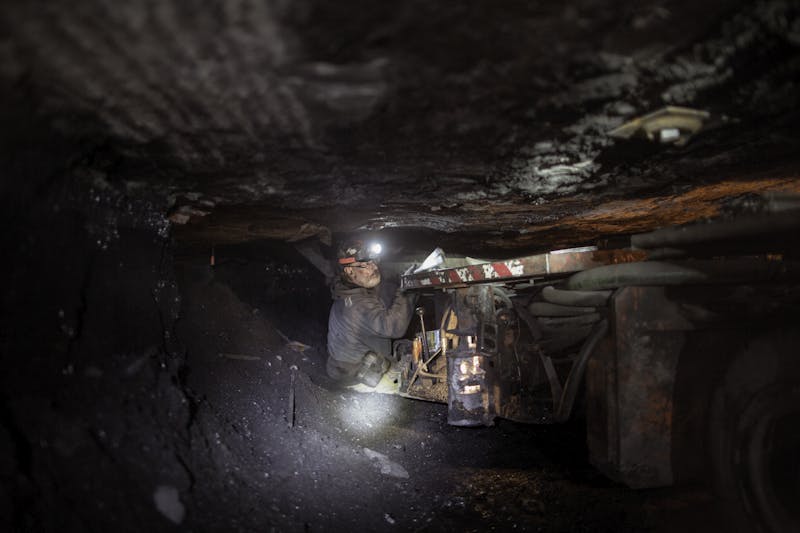
A miner labors underground in Wyoming County, West Virginia. Since 2011, the state has lost more than a third of its coal jobs, thanks to thinning seams, decreased demand, and increased automation. Unemployment rates in the area are double the national average. More than 20 percent of local residents live in poverty.

Young women compete for prize money by dancing onstage during a party at the Muncheez Bar and Grill in Beckley. Those who can are fleeing the region: West Virginia is losing residents at a faster rate than any other state—some 10,000 in the past year alone.
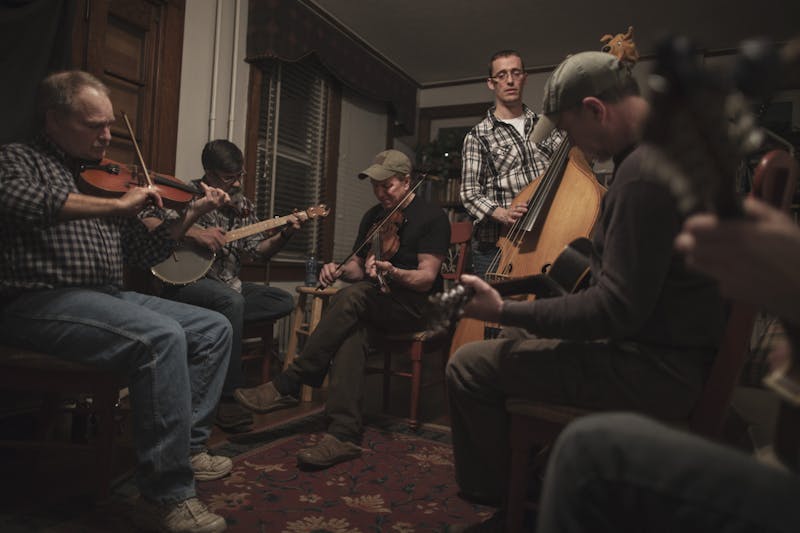
String players gather for a down-home jam session. “Music is the backbone of the Appalachians,” says mandolin player Jamie Smith. “It’s history and culture, present and past, war and peace, battles in the mines, everything all at once. It’s who we are, set to tune.”

A young woman and her friend smoke drugs before going out to a Halloween party. West Virginia has the country’s highest death rate from overdoses—so many that the state has already exhausted its indigent burial fund for the current fiscal year.
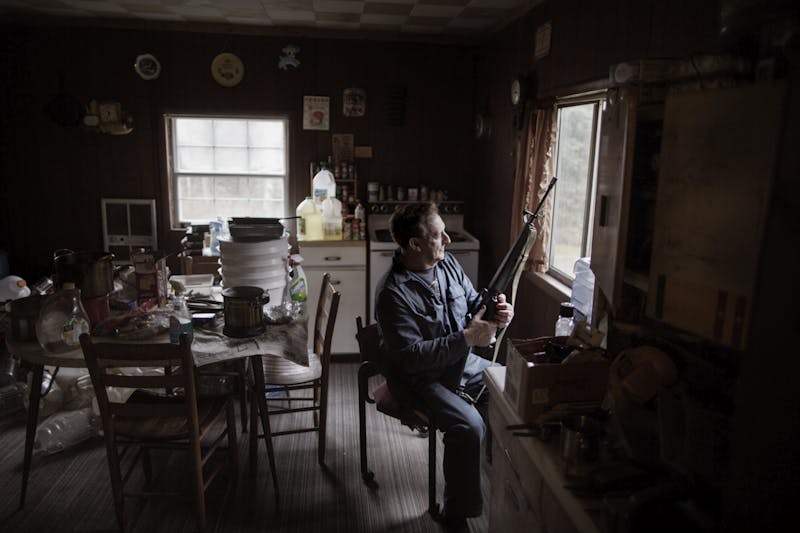
Jessie Boggess sits at the window of his home outside Dry Creek. A decorated Vietnam vet, he lives by himself deep in the woods and takes medication for PTSD. Nearly one in ten West Virginians served in the armed forces—one of the highest rates in the country.
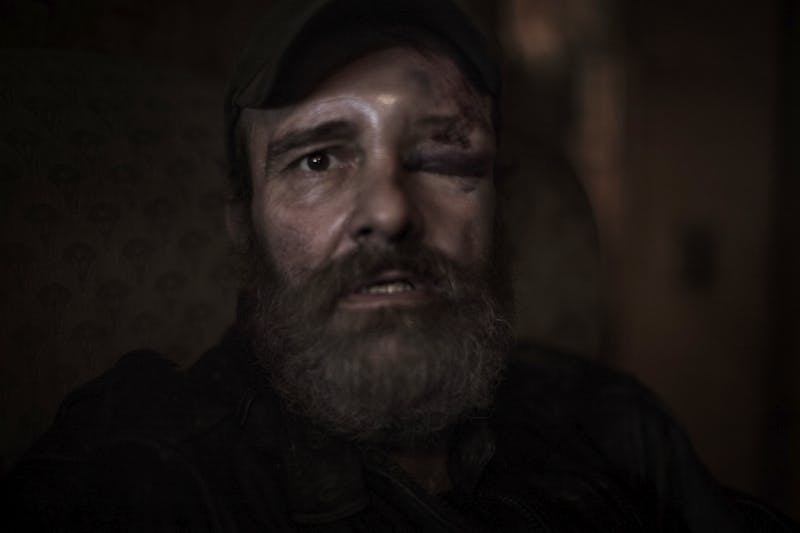
Henry Hayes, a retired logger, didn’t seek medical care after he injured his eye in an ATV accident. “I don’t need a doctor,” he says. “Not unless a limb breaks off.” Thanks to Obamacare, the number of uninsured West Virginians has plunged from 21 percent to 9 percent.
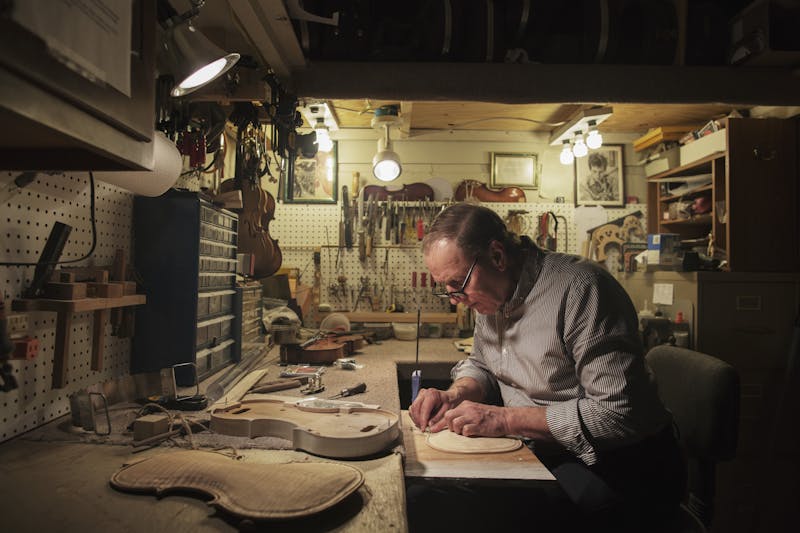
Robert Davis, a chiropractor in Sophia, West Virginia, spends his spare time making violins by hand. It takes 250 hours to build a single instrument. “There’s a proudness to being West Virginian,” he says, “despite its trials and tribulations.”
